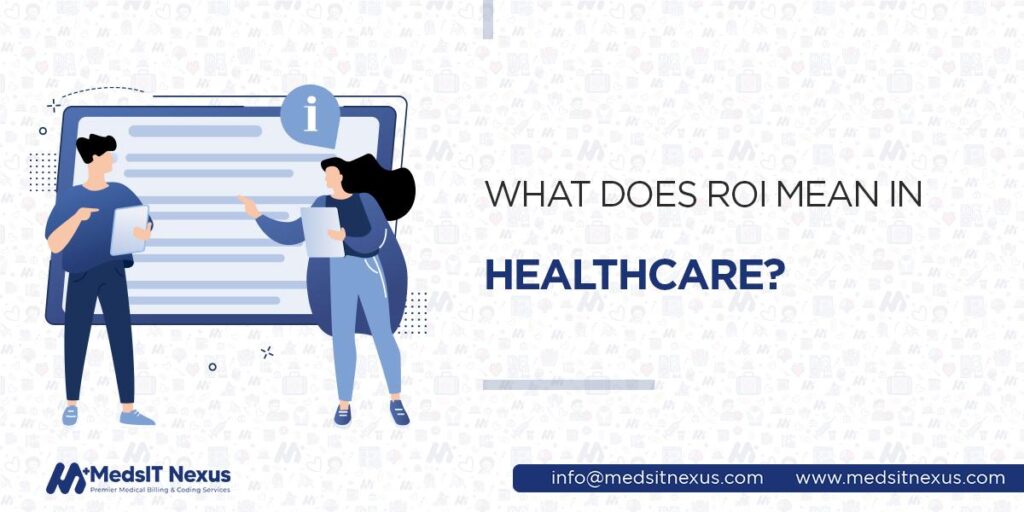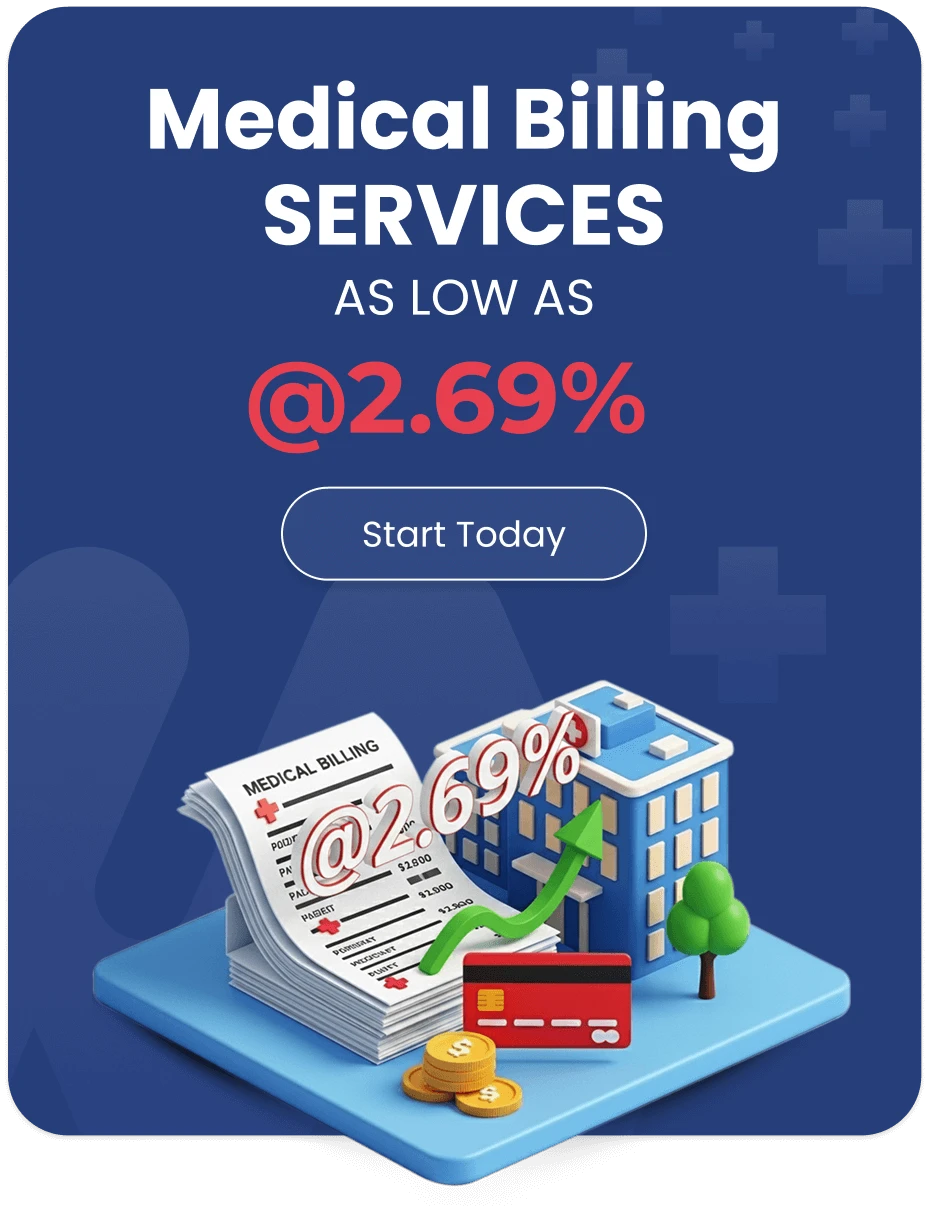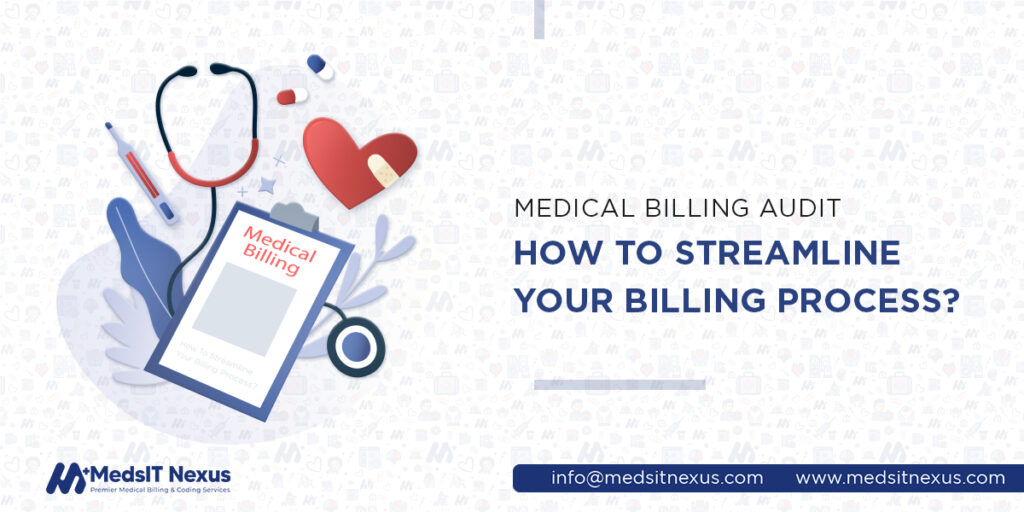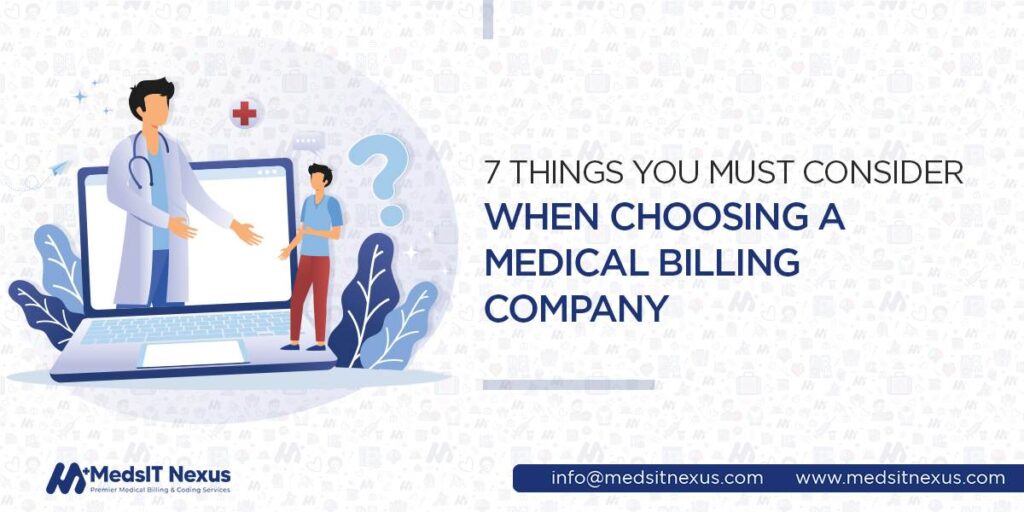What does ROI Mean in Healthcare?

Healthcare providers are increasingly focused on improving their financial performance and operational efficiency, and one key metric often used to measure this is ROI. ROI stands for Return on Investment, a widely used financial metric that measures the profitability of an investment. In healthcare, ROI is equally essential, but the stakes are higher. It can mean the difference between a life saved or lost or a health system’s financial viability. Understanding ROI in healthcare is crucial for healthcare providers, payers, and investors to make informed decisions about resource allocation and identify areas for improvement. This article will explore what ROI means in healthcare, why it matters, and how it can be calculated and optimized to improve patient outcomes and financial sustainability using KPIs.
What does ROI mean in healthcare?
ROI in Healthcare
- ROI in healthcare refers to measuring financial returns on investments in healthcare projects or initiatives.
- This metric is used to evaluate the success of investments made in healthcare, including medical equipment, technology, and healthcare services.
- ROI in healthcare is measured in terms of financial gain or savings that result from the investment made. This can be in the form of reduced healthcare costs, increased revenue, or improved health outcomes. Looking to care about the ROI of your practice? MedsIT Nexus medical coding services can help you to get the job done professionally.
How is ROI Measured in Healthcare?
There are various ways to measure ROI in healthcare.
- The most common approach is to compare the costs of an intervention to the financial savings it generates —This can be done by calculating the cost savings from avoided hospitalizations, reduced emergency department visits, or fewer outpatient visits.
- Another approach is to measure the revenue generated by an intervention, such as increased patient volume, higher reimbursement rates, or increased market share.
The formula used as a healthcare ROI calculator for calculating ROI is as follows:
ROI = (Benefits – Costs) / Costs x 100%
Example:
Let’s assume a healthcare organization invests $100,000 in new medical equipment, generating $150,000 in
revenue annually. The cost of maintaining the equipment is $20,000 per year. The net profit is
calculated as follows:
Net Profit = ($150,000 – $20,000) = $130,000
Total Investment = $100,000 + $20,000 = $120,000
Using the ROI formula, we can calculate the ROI as Net profit = ($150,000 – $20,000) = $130,000
Total Investment = $100,000 + $20,000 = $120,000
Using the ROI formula, we can calculate the ROI as follows:
ROI = ($130,000 / $120,000) x 100 = 108.33%
This means that the investment in medical equipment has generated a return of 108.33%, which is a
positive result.
What KPIs Get You to Higher ROI?
Key Performance Indicators (KPIs) play a crucial role in measuring the success of any organization. In healthcare, KPIs track the performance of various departments, services, and processes.
Revenue Metrics
These metrics focus on the financial performance of the healthcare organization. Some standard revenue metrics include:
- gross revenue per appointment
- net revenue
- profit margin
- Patient lifetime value
- the average revenue per patient
- collection rate
- Accounts receivable days
By tracking these metrics, healthcare organizations can identify areas where revenue can be increased, such as by optimizing billing and coding processes or improving patient satisfaction.
Contact Center Metrics
According to a Healthcare Financial Management Association (HFMA) survey, 71% of healthcare
organizations use contact center metrics to improve customer service and patient satisfaction. The
survey found that organizations that track contact center metrics have higher patient satisfaction
scores and lower call abandonment rates than organizations that do not.
Some examples of contact center metrics in healthcare include:
- First call resolution: This metric measures the percentage of calls resolved during the first call. Increasing the first call resolution rate can improve customer satisfaction and reduce costs.
- Average handle time: This metric measures the average time it takes for a representative to handle a call. By reducing the average handle time, you can increase the number of calls handled and improve customer satisfaction.
- Abandoned call rate: This metric measures the percentage of calls abandoned by customers. You can improve customer satisfaction and reduce costs by reducing the abandoned call rate.
Communication Metrics
Communication metrics are KPIs that measure communication effectiveness within a healthcare
organization. They help organizations identify areas for improvement and ensure that critical
information is shared effectively and efficiently.
- Patient satisfaction: This metric measures the satisfaction level of patients with your services. Improving patient satisfaction can increase patient loyalty and referrals, leading to higher revenue.
- Referral rate: This metric measures the percentage of patients referred by existing patients. By increasing the referral rate, you can increase patient volume and revenue.
- Response time: This metric measures the time it takes to respond to a patient’s request. Reducing the response time can improve patient satisfaction and reduce costs.
Operational KPIs
- Staff productivity: This metric measures the productivity of your staff. By improving staff productivity, you can increase the number of patients seen and the revenue generated.
- Patient wait time: This metric measures the time patients spend waiting to be seen. You can improve patient satisfaction and reduce costs by reducing patient wait time.
- Turnaround time: This metric measures the time it takes to complete a task. By reducing the turnaround time, you can improve efficiency and reduce costs.
Benefits of ROI in Healthcare
The importance of ROI in healthcare cannot be neglected. So, if you ask why is ROI important? Here are
the benefits.
Improved Decision-Making
ROI provides decision-makers with valuable insights into the effectiveness of healthcare investments.
Dr. John Smith, a healthcare economist, states that ROI is critical in healthcare because it helps
providers to make informed decisions about where to invest their resources.
By calculating ROI, decision-makers can decide where to allocate resources and which investments
will
likely provide the best returns.
Better Resource Allocation
ROI can help healthcare organizations prioritize investments and allocate resources effectively. By evaluating the financial returns of different investments, healthcare organizations can direct their resources to initiatives that are likely to provide the best returns.
Improved Financial Performance
ROI can help healthcare organizations improve their financial performance. Healthcare organizations can generate more revenue and reduce costs by investing in initiatives that provide a high ROI, leading to improved financial performance.
What causes ROI to fluctuate?
A fluctuation in ROI is caused by several factors that affect the revenue and expenses of a healthcare
organization.
Here are some of the factors that cause ROI in healthcare to fluctuate:
Changes in the Healthcare System
Healthcare systems are constantly changing, and these changes can affect the ROI. For example, changes in reimbursement policies, regulatory requirements, or healthcare laws can impact the cost of healthcare services and, therefore, the ROI.
Investment Costs
When a healthcare organization invests in a new technology, treatment method, or facility, an initial investment cost must be recouped through increased revenue or cost savings.
Technological Advances
Advancements in medical technology can improve patient outcomes and reduce costs, but they can also
require significant investments in equipment and infrastructure.
A study published in the Journal of Healthcare Management found that hospitals implementing electronic
health records (EHRs) saw a return on investment of between $1.29 and $1.67 for every dollar spent on
EHR implementation.
Therefore, the ROI of healthcare investments may be affected by technological changes.
Economic Factors
The healthcare industry is not immune to economic fluctuations. Economic changes like recessions or inflation can impact healthcare costs and ROI.
Dr. Sana Pervez, Pharm.D, CCS, CPC -
Clinical Compliance Advisor at MedsIT Nexus
Responsible for Medical and compliance review of all healthcare RCM and billing content before publication.






